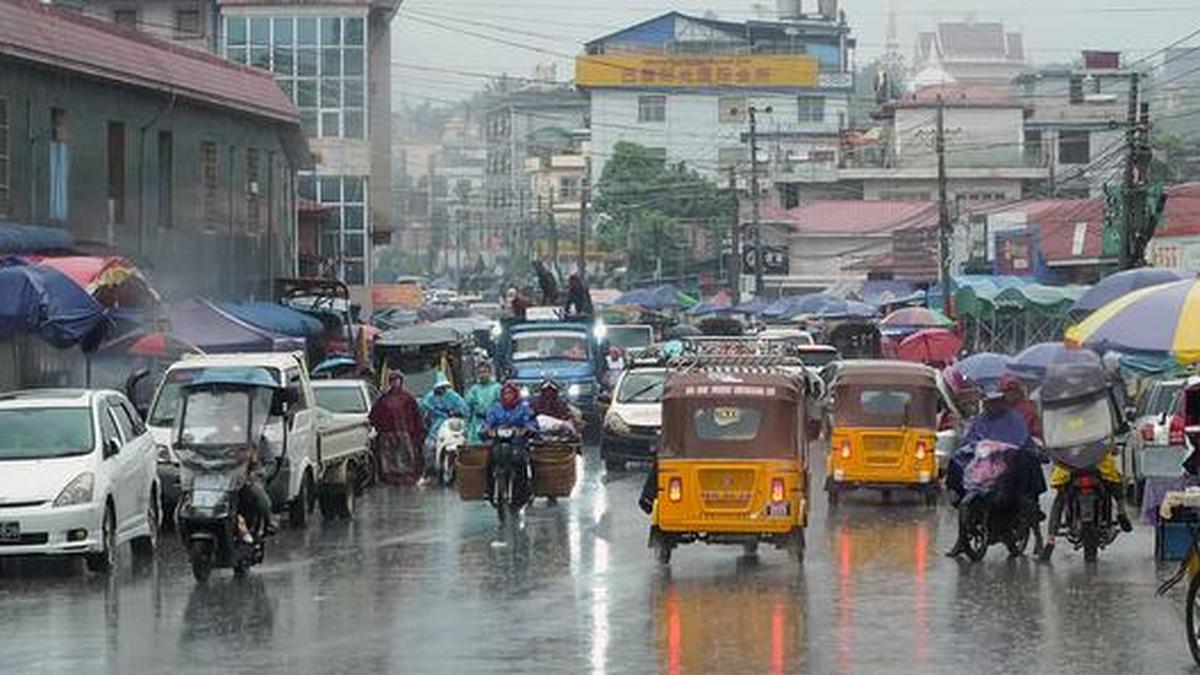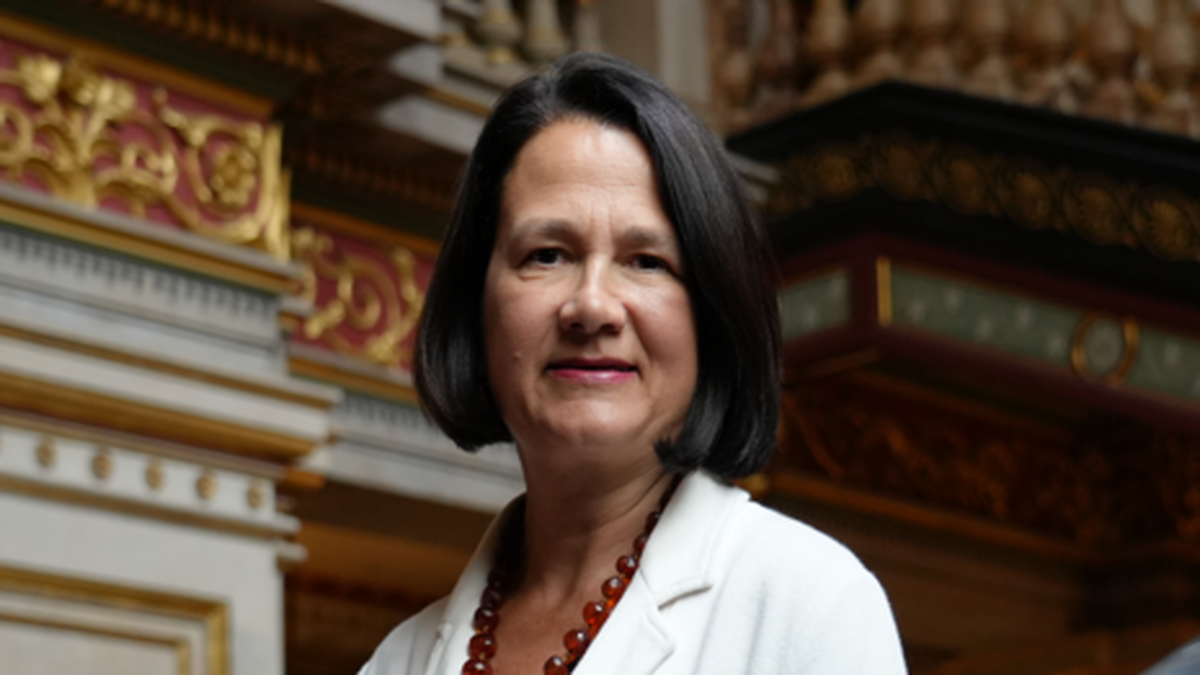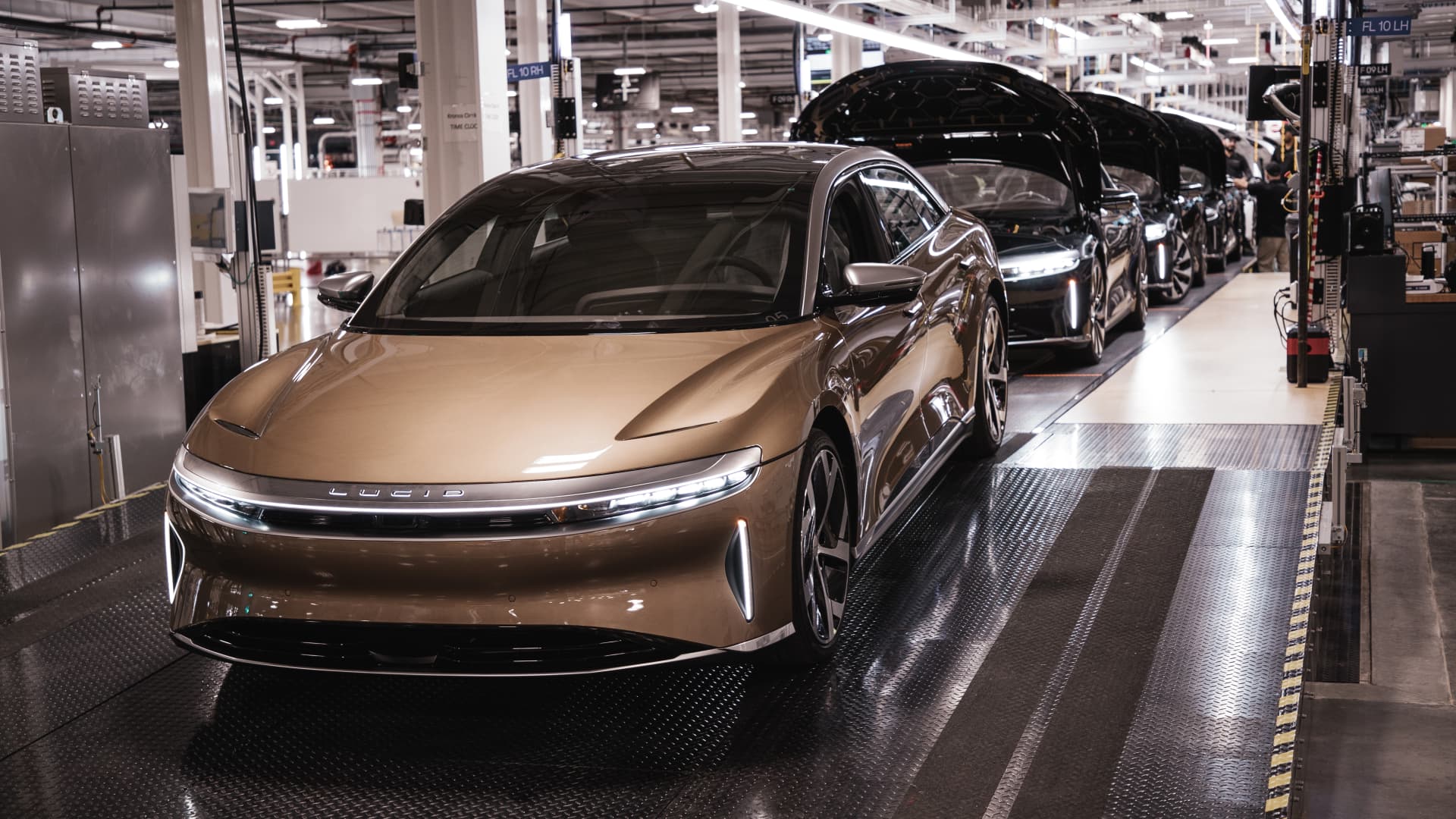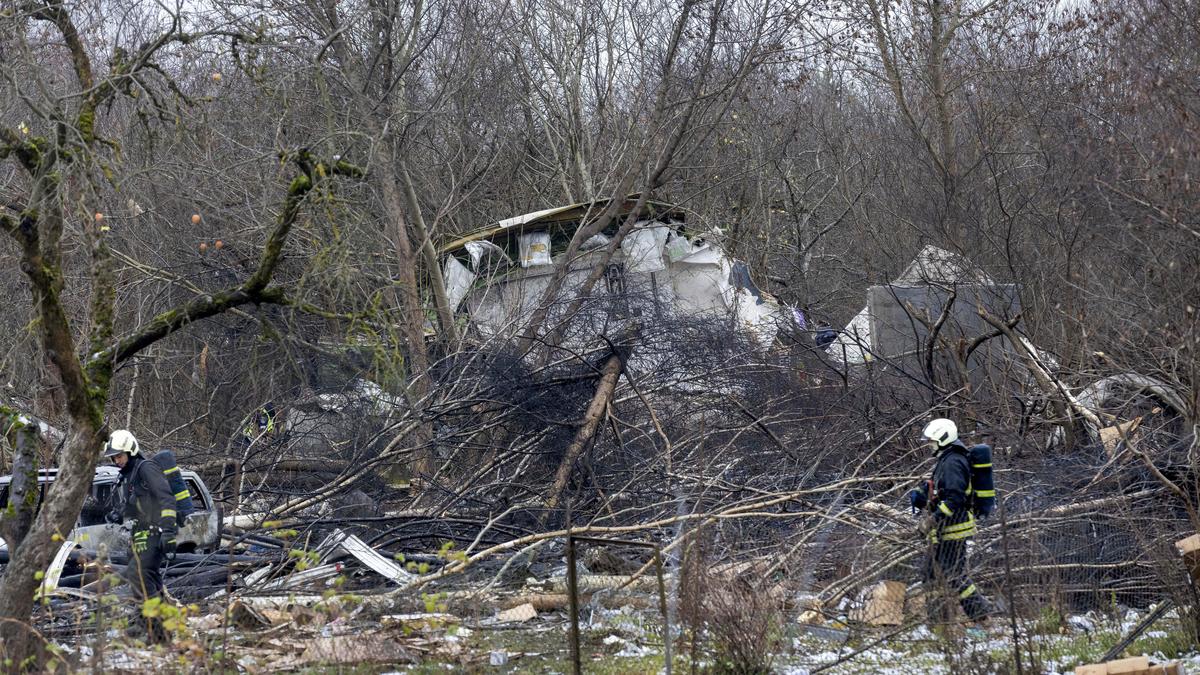Winding through the lawless, rugged hills of northern Myanmar, National Highway 3 links a stunning series of victories by ethnic rebels and pro-democracy fighters in their war against the junta.
An offensive launched a year ago has seen opponents of the military seize much of the 480-km-long route that connects second city Mandalay to China.
Control of the road denies the junta lucrative taxes, threatens its bases in the central plains, and is a huge morale booster for its opponents as the civil war grinds through its fourth year.
Images show the destruction wrought by the previous year’s fighting and rebel groups trying to administer their newly seized territory.
The route begins at Muse, a town of ill-repute pressed up against the border with China. Each morning, hundreds of locals queued for day passes to cross into China to buy consumer goods that can be re-sold back in Myanmar. More than $2 billion worth of trade passed through Muse in the 2023-2024 financial year, according to the junta’s Commerce Ministry. But venturing into the hinterland from Muse requires some savvy — and cash — said a driver.
Around an hour from Muse is a checkpoint manned by soldiers from the Ta’ang National Liberation Army, one of the rebel groups behind last year’s offensive. Around 30 km further on is the town of Kutkai, home to around 50,000 people. The fighting that has pushed the military out has scattered many of its residents.
Roughly halfway along the highway, the city of Lashio embodies the biggest defeat the junta has suffered since it seized power in 2021. Lashio was famous as the terminus of the “Burma Road” built by the British during the Second World War. Now it is the prize of the Myanmar National Democratic Alliance Army, an ethnic Chinese rebel group.
Near the end of National Highway 3, the former British hill station of Pyin Oo Lwin is still in the hands of the military.
Published – October 26, 2024 11:45 am IST






